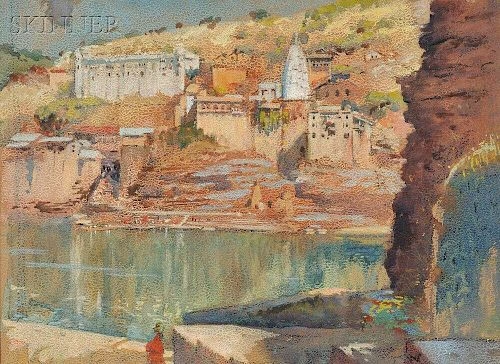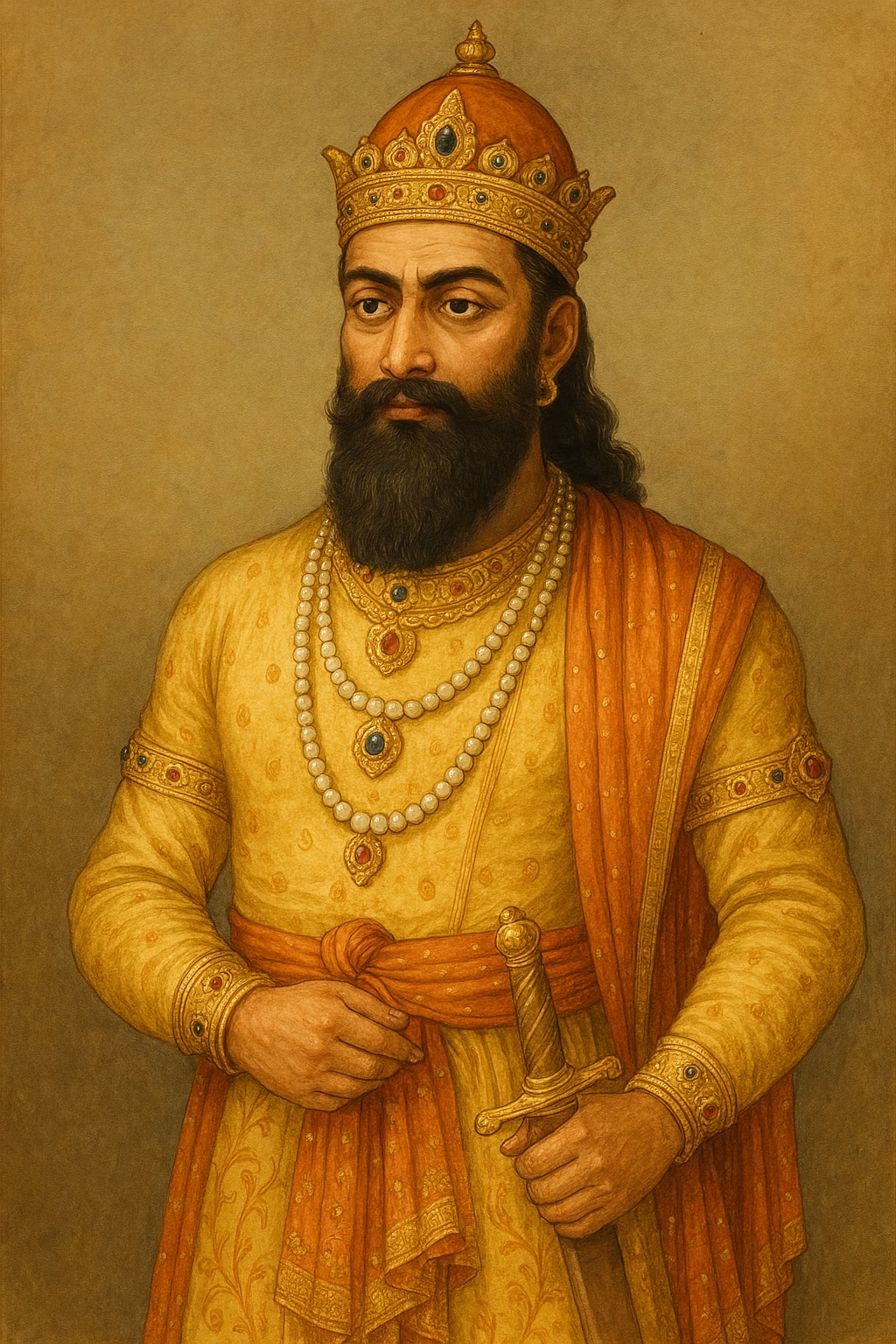The Mythological Tales Behind Omkareshwar Jyotirlinga
Introduction
Omkareshwar Jyotirlinga, one of the twelve sacred Jyotirlingas of Lord Shiva, is not just a significant pilgrimage site but also a place rich in mythological tales. These stories are deeply woven into the fabric of Hindu tradition, enhancing the spiritual aura of Omkareshwar. This blog delves into the fascinating myths and legends associated with the Omkareshwar Jyotirlinga, offering insight into its divine significance.
The Legend of Vindhya Parvat and Omkareshwar
One of the most popular legends of Omkareshwar involves the Vindhya Parvat (Vindhya Mountain). According to the myth, Vindhya, the deity of the mountain, was envious of Mount Meru and wanted to grow taller. To achieve this, Vindhya began worshipping Lord Shiva with intense devotion.
Pleased with Vindhya’s penance, Lord Shiva appeared and blessed the mountain with the desired height but warned Vindhya to maintain humility. To honor Shiva’s presence, a Jyotirlinga emerged at the site, known as Omkareshwar, representing the Lord of “Omkara.”
The Story of King Mandhata
The island of Mandhata, where the Omkareshwar Jyotirlinga is located, is named after King Mandhata, a devout ruler mentioned in Hindu scriptures. It is said that King Mandhata performed intense penance on this island, invoking Lord Shiva’s blessings. The king’s dedication led to the manifestation of the Jyotirlinga, further solidifying the spiritual importance of the location.
The Tale of Lord Shiva’s Dual Form
Another captivating myth explains the presence of two Jyotirlingas in the region – Omkareshwar and Mamleshwar (also known as Amareshwar). According to the legend, Lord Shiva divided himself into two forms to reside in both temples, symbolizing his omnipresence and the balance of cosmic energies.
The Divine Aarti by Lord Shiva
A lesser-known tale describes how Lord Shiva himself performed the Aarti (a ritual of worship involving light) on the banks of the Narmada River. This event is believed to have blessed the river with a divine aura, and the tradition of Narmada Aarti continues to this day, drawing devotees who wish to witness and participate in this sacred ceremony.
The Significance of the Om Symbol
The island’s shape resembling the sacred “Om” symbol adds another layer of mythological significance. In Hindu belief, “Om” is the primal sound of the universe, representing the ultimate reality. The island’s natural formation as “Om” is seen as a divine sign, reinforcing the sanctity of Omkareshwar.
Conclusion
The mythological tales surrounding the Omkareshwar Jyotirlinga enrich its spiritual essence, making it a beacon of devotion and faith for millions. These stories, passed down through generations, reflect the deep-rooted cultural and religious beliefs of Hinduism. A visit to Omkareshwar offers not just a pilgrimage but an immersion into the timeless legends that continue to inspire reverence and awe. Discover these tales yourself and experience the mystical charm of Omkareshwar.
The Mythological Tales Behind Omkareshwar Jyotirlinga



